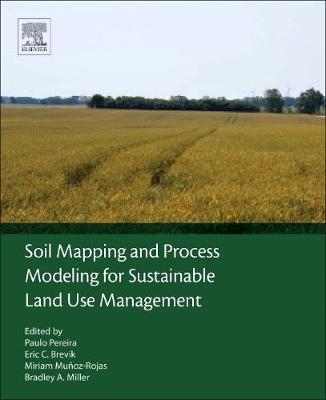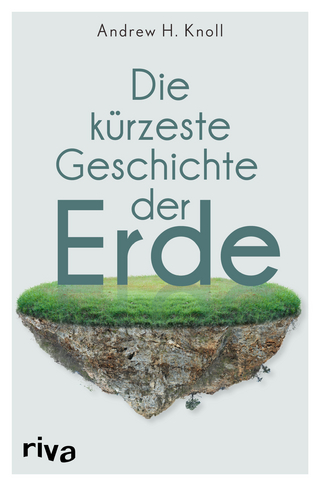
Soil Mapping and Process Modeling for Sustainable Land Use Management
Elsevier Science Publishing Co Inc (Verlag)
978-0-12-805200-6 (ISBN)
Paulo Pereira is a full professor at the Environmental Management Center, Mykolas Romeris University, Lithuania. He holds a PhD in Physical Geography from the University of Barcelona and has previous experience working on spatial modelling of environmental variables and applying these results to sustainable landscape planning. Prof. Pereira was awarded the outstanding young scientist award from the Soil System Sciences Division (European Geoscience Union) and is one of the most influential scientists in the world in the field of environmental sciences, according to Elsevier/Stanford University. Prof. Pereira is an editor and guest editor of various journals in the field of environment and soil science. Prof. Brevik holds a Ph.D. in Soil Science from Iowa State University focused on pedology. His research has included investigating the use of electromagnetic induction techniques in soil mapping, evaluation of the accuracy of National Cooperative Soil Survey (USA) maps, and combining information from soil and geology maps to improve landform mapping. He has also investigated the history of soil mapping and classification, particularly as it relates to the USA. Dr. Miriam Munoz-Rojas holds a PhD in Natural Resources and Environmental Sciences from the University of Seville focused on modelling soil carbon sequestration at different soil depths. One of the most significant outcomes of this work was the development of a spatial tool for soil carbon assessment of Mediterranean soils. Her research has also involved mapping and spatial analysis of land use changes and soil carbon under climate change scenarios. Dr. Miller worked for several years in the fields of pedology and environmental science before completing a PhD in Geography. His experience in these different, but interconnected, areas of research provide a unique perspective on addressing interdisciplinary issues, particularly in regards to spatial modelling.
Part I: Theory1. Historical Perspectives on Soil Mapping and Process Modeling for Sustainable Land Use Management2. Soil Mapping and Processes Modeling for Sustainable Land Management3. Goal Oriented Soil Mapping: Applying Modern Methods Supported by Local Knowledge
Part II: Instrumentation and Sensors Used for Gaining Information on Soil Related Parameters4. Optical Remote Sensing for Soil Mapping and Monitoring5. Geographic Information Systems and Spatial Statistics Applied for Soil Mapping: A Contribution to Land Use Management6. Soil Mapping and Processes Models for Sustainable Land Management Applied to Modern Challenges
Part III: Case Studies and Guidelines7. Modeling Agricultural Suitability Along Soil Transects Under Current Conditions and Improved Scenario of Soil Factors8. Soil and Land Use in the Alps—Challenges and Examples of Soil-Survey and Soil-Data Use to Support Sustainable Development9. Compilation of Functional Soil Maps for the Support of Spatial Planning and Land Management in Hungary10. Mapping Ash CaCO3, pH, and Extractable Elements Using Principal Component Analysis11. Human-Impacted Catenas in North-Central Iowa, United States: Ramifications for Soil Mapping12. Mapping Soil Vulnerability to Floods Under Varying Land Use and Climate
| Erscheinungsdatum | 29.03.2017 |
|---|---|
| Sprache | englisch |
| Maße | 191 x 235 mm |
| Gewicht | 810 g |
| Themenwelt | Medizin / Pharmazie ► Medizinische Fachgebiete |
| Naturwissenschaften ► Geowissenschaften ► Geologie | |
| ISBN-10 | 0-12-805200-7 / 0128052007 |
| ISBN-13 | 978-0-12-805200-6 / 9780128052006 |
| Zustand | Neuware |
| Haben Sie eine Frage zum Produkt? |
aus dem Bereich


